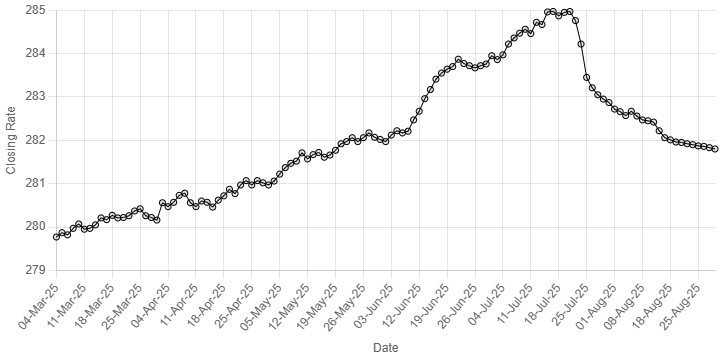Germany's Bundestag lower house of parliament approved a "bad bank" plan on Friday that aims to relieve banks by enabling them to shift billions of euros in troubled assets off their books. The parliamentary parties in the ruling coalition earlier this week agreed to sweeten the plan to encourage banks to tap the measure and offload toxic assets that have hindered lending activity and aggravated Germany's deepest post-war recession.
Finance Minister Peer Steinbrueck said German banks needed to escape from a downward spiral of writedowns. "With each of these steps downwards banks eat up more of their capital resources and that is extremely dangerous," he told the Bundestag. Under the German "bad bank" model, banks can place toxic assets in special purpose vehicles (SPVs) - or "bad banks" - once a book value has been calculated by a third party. A number of German banks, both stock-exchange listed and public sector lenders, could benefit from the plan.
The country's second-biggest lender Commerzbank has shifted some 38 billion euros ($53.27 billion) in risky assets to an internal vehicle where a team of specialists will work them out over the next several years. Deutsche Postbank, in which Deutsche Bank holds a stake of more than a quarter, has said the bad bank could help in dealing with a 6 billion euro portfolio of complex asset backed securities, part of which it has already written down.
Nationalised property financier Hypo Real Estate, which has received 52 billion euros in government financial guarantees, may offload its wayward state financing business to the bad bank, industry experts say. Regional public sector banks WestLB, LBBW, HSH Nordbank and BayernLB are also struggling to find a new home for their billions of euros of bad assets. Under the deal reached between the ruling coalition experts, the cut-off point for valuation will now be June 30, 2008 and not March 31, 2009 as previously intended.
BR100
15,085
Increased By
112.5 (0.75%)
BR30
44,012
Increased By
987.7 (2.3%)
KSE100
148,618
Increased By
1274.3 (0.86%)
KSE30
45,248
Increased By
370.7 (0.83%)





















Comments
Comments are closed.